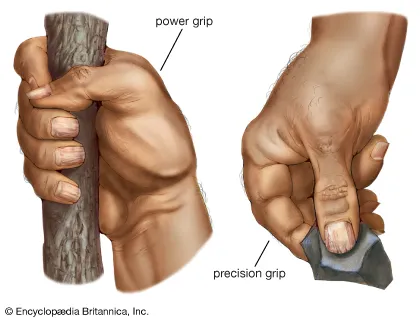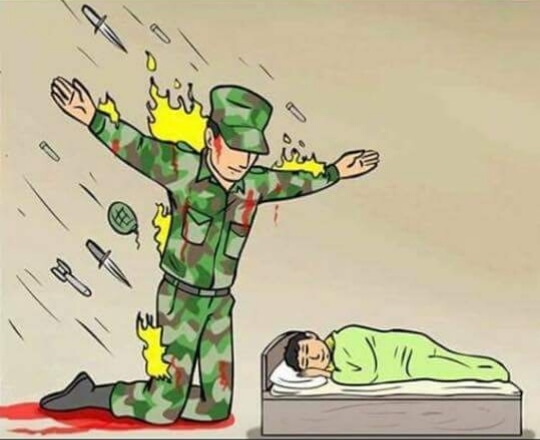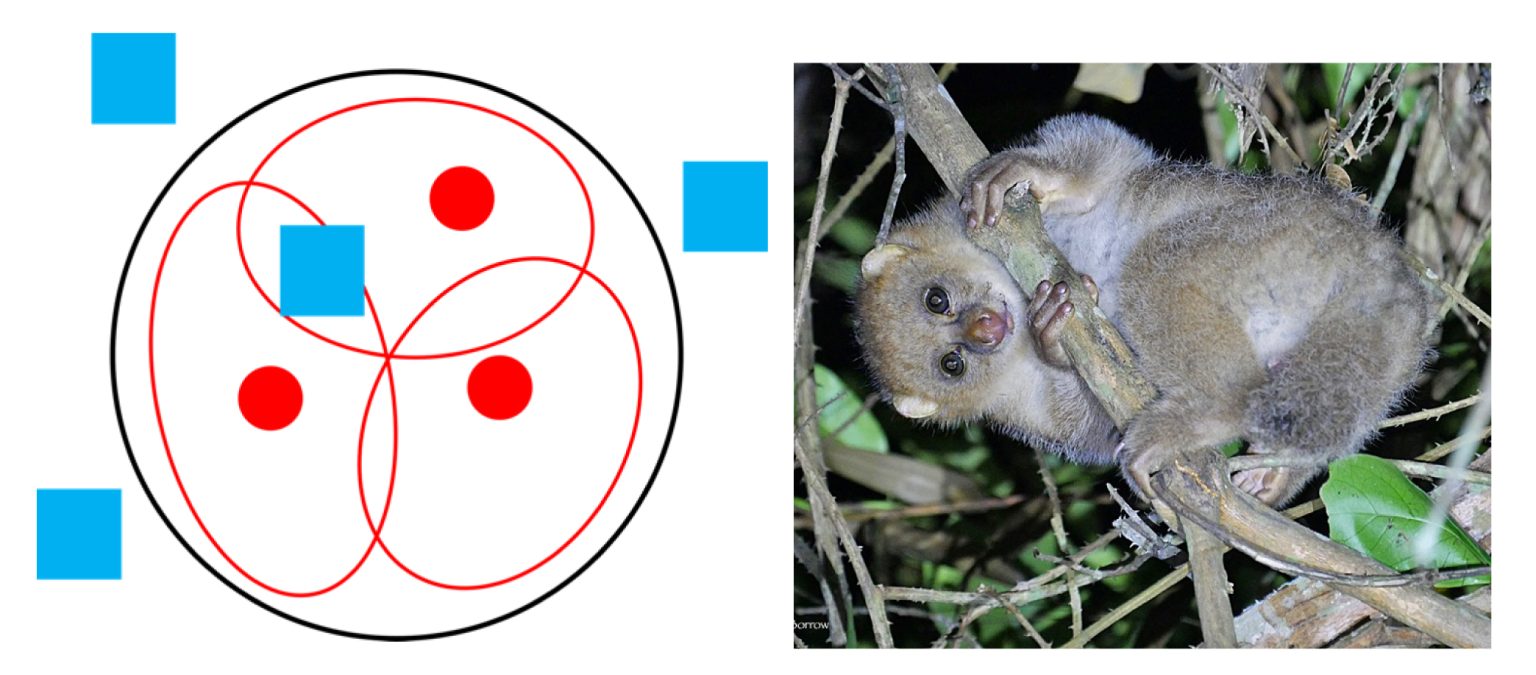ANTH 101: CH 5-7 Study Guide
1/59
Earn XP
Description and Tags
in progress; ch 7 unavailable rn
Name | Mastery | Learn | Test | Matching | Spaced |
|---|
No study sessions yet.
60 Terms
What type of primates would be classified under the stepsirhini suborder?
Lorises and Lemurs
What type of primates would be classified under the haplorhini suborder?
Tarsiers, New World monkeys, Old World monkeys, and Apes
What types of primates would be classified under the platyrrhini parvorder? What region of the world are they from?
New world monkeys
Central and South America
What types of primates would be classified under the catarrhini parvorder? What region of the world are they from?
Old world monkeys and apes
Africa and Asia (AA)
What is the dental formula of humans? Of Lorises?
Apes (which includes humans): 2.1.2.3
Lorises: 2.1.3.3
What type of diet would a homodont eat and what type of diet would a heterodont?
Homodont: would eat similar or same kind of shit since their teeth is the same
HOMO means SAME think of HOMOSEXUAL as in attracted to the SAME gender
Heterodont: would eat not similar shit and have more varied diet (or generalized diet) bcs their teeth are all different #dei
HETERO means DIFFERENT think of HETEROSEXUAL as in attracted to the opposite sex
What type of primates would be classified under the Hominoidea superfamily?
apes: gorillas, chimpanzees, orangutans, gibbons, bonobos
humans
What type of primate lives in nests and is also solitary?
Orangutans→ solitary + build nests
Arboreal vs Terrestrial
Arboreal: living on trees
Terrestrial: living on land
What are hominids?
group of Great Apes
Humans
chimpanzees
gorillas
orangutans
They’re a group within hominodea (hominoids) that is also known as the great apes
What are brachiators?
Form of primate locomotion that uses arm-over-arm swinging
Some great apes (chimps, bonobos, and gorillas) do knuckle-walking (they’re on all 4s and they walk on their knuckles)
They have adaptaions for brachiation, but for some reasons they do knuckle walking instead
Diurnal vs Nocturnal
Diurnal: activity during the day
Think of the D being day
Nocturnal: activity during night
Think of the N being night
What is a prehensile tail? What does prehensile mean?
Tails that can grasp onto things, acts like another limb, and is only found in SOME NEW WORLD MONKEYS
NO OLD WORLD MONKEY HAS THIS! this is only a NEW WORLD MONKEY TRAIT
Prehensile: (chiefly of an animal's limb or tail) capable of grasping (google def)
What is a tooth comb (dental comb) ?
Textbook: A trait of the front, lower teeth of strepsirrhines in which, typically, the four incisors and canines are long and thin and protrude outward
Most commonly found in lemurs and lorises (stresirrhines), it’s a dental comb that is used to gnaw on bark in order for primates to access its sap

What is a power grip?
a hand grasp where you use the entire hand, including the fingers, thumb, and palm, to apply force, often for lifting or manipulating objects
exudes force, not precise
baby grip
how chimps grab onto sticks
What is parental investment
Pro-long time a parent spends with their offspring → raising, caring, educating them about the world + how to survive
What is a dermal ridge?
Raised patterns on your skin
Fingerprints → lets you feel shit way more and lets you grip onto things yeah
What is heterodont and homodont?
Heterodont:
having the teeth differentiated into incisors, canines, and molar;
primates = omnivores
basically a variety of tooth kinds
they’re so different they’re like the multi-racial college friend groups on college pamphlets
Homodont:
having or being teeth that are all of similar form
Who is Jane Goodall and what type of primate did she study? What type of tools did she observe them using? ch 6 start
she is a primatologist who spent over 60 years studying chimpanzees
she studied chimpanzees 😭
Tools:
Twigs → fish termites
spears → hunt colobus monkey
stone tools → crack shit open like nuts
this changed the diff bet. humans and chimps since tool use was the one major thing that differentiated us from them
Their culture is group specific learned behavior
What are the six different types of primate residence patterns?
Solitary: solo female + solo male living apart from each other
territory of female overlaps with male’s
EX: orangutans
Monogamous: 1 male + 1 female + their offspring
mono means ONE
EX:gibbons
Bachelor males: group of males and NO females
they’re old enough to be away from mom but not settle down
live this way until they come across a territory where there’s a lottt of females or they come across one idk like they go ape shit when they see one??? is what i remember
EX: baboons and macaques
Multimale/Multifemale: well what the name says
bonobos
Polyandry/Polyandrous: 1 female + multi-male + offspring
males don’t know who their offspring is so they all take care of the offspring literally malewives + their girlboss wife
decreases population
EX: marmosets and tamarins
Polygyny/Polygynous: 1 male + multi-female + offspring
increases population
EX: gorilla/baboon
What purpose does grooming serve?
It’s affiliative behavior
helps reinforce social bonds and repair relationships
Cleans fur and skin
Remove primates and debris
How do primates communicate? Verbal (vocalization) and Non-verbal
Through verbal and nonvervbal ways
Verbal communication:
use sound → danger, threats, claim or maintain territory, make contact w/other group members
Alarm calls: alert members of group → predator is nearby, go hide
Loud calls: super loud noises emitted by primates that can be heard from miles away
EX: Howler monkeys
Threat displays: anything that an animal does to scare away other animals
EX: primate bears its teeth to scare/intimidate other primates
Non-verbal communication:
Sexual-swelling: when areas of the hindquarters changes in size, shape, or color when a primate is ovulating
prominent in old world monkeys
Threat yawn: displaying teeth to intimidate other primates
Gestural communication
Hand clasp
Vocal dialects
Ape language
Language is not like humans!!!!
In what type of environment does sexual selection operate?
One where there is little to no predators bcs they FREAAAAKy
Altruistic
Refers to a behavior that benefits others while being a disadvantage to the individual
when someone leaves a horrible ratemyprof review to warn and dissuade future students from taking the class

Infanticide
The killing of infants of one’s own species
Habituate
Refers to the process of animals becoming accustomed to human observers
basically they’re used to it and they’re like icl idgaf fr
Monogamous
A mating system in which one male mates with one female and they have offspring
Sexual selection
The selection for traits that increase mating success. This occurs via intersexual selection and intrasexual selection.
found by Charles Darwin
Intrasexual selection: selection for traits that enhances the ability of members of one sex to compete amongst themselves
EX: males → have lots of traits that lets them win in competitions and get access to females; like larger body size or canines
Intersexual selection: selection for traits that enhances the ability of one sex to attract the other
EX: males → have traits that makes them more attractive for females and females choose the most attractive male so that their offspring has a higher chance of survival
Leads to genetic variation
Mostly happens on males
Usually occurs in polygynous primates
Females choose the best traits in mates and are BORN W/PREFERENCESSSS
Most common in howler and macaques
Kin selection
Altruistic behaviors that increase the donor's inclusive fitness, that is, the fitness of the donor's relatives
Polygynous
A mating system in which one male mates with multiple females and their offspring.
can be multi-male or single-male
Polyandrous
A mating system in which multiple males mate with a single breeding female and their offspring.
can be multi or single
What is the P(PRE)aleozoic era? When did it begin and end?
The Paleozoic Era is the first of three geological eras of the Phanerozoic Eon
560-225 mya (millions of years ago)
Ancient things from here (fossils, animals)
Major extinction event (that started the Mesozoic era): The Great Dying
Permian-Triassic
lots of volcanic eruptions which disturbed ecosystems
What is the M(MIDDLE)esozoic era? When did it begin and end?
The era after the Paleozoic and before the Cenozoic (the era we’re in)
225-65 mya
Major extinction event: Asteroid Impact Event (also known as the Chicxulub impact event)
Asteroid size of Mt. Everest hit the gulf of Mexico
Left the Chicxulub crater
Happened during the K-T/K-PG Boundary
A new era starts after a major catastrophic event (i feel like we should have a new one rn bcs trumps president)
Periods:
Triassic
Jurassic
Cretaceous (k)
What is the C(CURRENT)enozoic era? 65mya asteroid impact; Cretaceous (K)-Tertiary (T)/Paleogene (Pg) boundary?
Earth’s current geological era
new or recent animals
65 mya - present
Periods:
Tertiary (T)/Paleogene (PG)
The Chicxulub impact event happened between the Cretaceous (K) and Tertiary (T) periods. Tertiary is also referred to as Paleogene (PG)
Quaternary
What extinction caused the end of the Paleozoic era?
The Great Dying → volcanic eruptions
from Permian-Triassic
Triassic is the beginning of the Mesozoic era!
What extinction event caused the end of the Mesozoic era?
The Asteroid Impact Event (or the Chicxulub impact event)
Also dubbed as Cretaceous–Paleogene (K–Pg/ K-T) extinction event
The Chicxulub crater is evidence of which extinction event?
The Asteroid Impact Event (or the Chicxulub impact event)
Located at the Yucatan impact event
How do fossils form? What environments provide ideal settings for fossilization?
Formation:
through fossilization: process by which organisms turn into fossils
organism must be protected from external factors (bacteria, temperature, weather moisture fluctuations)
Wetlands are ideal!!!
permanent burial (think of the photo example)
stable moisture environment
can be anaerobic (no oxygen)
bacteria requires oxygen → no oxygen = slowed decay process
LITTLE TO NO OXYGEN!!!!!
sediment accumulation
cover and protect organism
sediments + water = materials for fossils to turn into fossils for
Ideal conditions:
No to minimal amounts of OXYGEN!
Lake beds
animal goes there bcs they’re thirsty → collapses drinking it since they’re close to death → submerged beneath lake bed → gets buried in sediments
Turkana boy
Volcanoes
lacks oxygen
Tree sap (amber)
encased in amber
Cold areas
ice man
Hot areas
mummies
Bogs
a wetland that accumulates peat as a deposit of dead plant materials
aerobic areas → organism absorbs materials around it
Peat man
What are the Laetoli footprints? Where are they located?
3.6 MYA; australopithecines in AFRICA
They are trace fossils which shows evidence for bipedalism
Trace fossils: trace of biological activity by an organism
footprints, nests, toothmarks, shell necklaces, etc.
Who is Turkana Boy, what is his genus and species?
earliest fossil of Homo erectus
near complete skeleton of H. erectus
Referred to as H. ergaster which is the African form of H. erectus
Build is closer to man than ape
head = primitive
rest = more human
What is Gondwanaland and Laurasia?
Pangaea: Earth Supercontinent
Continental drift → two supercontinents: Laurasia (North; NA + Eurasia) and Gondwanaland (South; Africa, India, South America, Antarctica, Australia, Turkey, Iran, Tibet)
Cultural Dating, what is it?
Form of relative dating
arranges human-made artifacts in a time frame from oldest to youngest based on material, production technique, style, and other features
EX: a pocket knife was discovered and it’s surrounded by cassette and VHS tapes
that means that pocket knife was from the same time as those tapes (late 20th century)
The knife can’t be dated earlier than that since cassette and VHS tapes didn’t exist then
Cultural and biostratigraphy = most effective if researchers already know the time periods for those animals and artifacts
Strata
a layer or a series of layers of rock in the ground
Taphonomy
The study of what happens to an organism after death
Eras, Periods, Epochs
Eon: the largest unit of geologic time, spanning billions of years and divided into subunits called eras, periods, and epochs
Eras: Units of geologic time that span millions to billions of years and that are subdivided into periods and epochs
Periods: geologic time units that span millions of years and are subdivided into epochs
Epochs: The smallest units of geologic time, spanning thousands to millions of years
What is Continental Drift? How does that relate to Pangaea?
The slow movement of continents over time.
Earth’s current 7 continents were once a supercontinent, Pangaea, but because of continental drift, these continents drifted away from each other and is why we have 7 continents
Chemical Dating
type of relative dating
Developed in 19th century
The use of soil composition and chemistry to date artifiacts
Fluorine dating: A relative dating method that analyzes the absorption of fluorine in bones from the surrounding soils.
more fluorine = older, less = younger
think of it as marinating chicken → more time = more flavorful (more fluorine)
Soil contains fluorine and can be absorbed by organisms buried under soil
Corprolite
Fossilized shit (poop)
Form of trace fossil
Iridium
a chemical element
Trace fossils
traces of biological activity by an organism
footprints, nests, toothmarks, shell necklaces, etc.
Diastema
Gap between your teeth
allows primates to have an overbite
Dietary plasticity
the ability of an organism to adapt its diet based on the availability of food resources in its environment
Steno’s law of superposition
that within a sequence of layers of sedimentary rock, the oldest layer is at the base and that the layers are progressively younger with ascending order in the sequence
TLDR: oldest strata is at the bottom (or closer to the bottom) while the younger strata is closer to the top
Biostratigraphic dating
Relative dating method
compares fossils or artifacts to other fossils and biological remains (plant and animal)
EX: if you found a fossil in the same layer as wooly mammoth remains, then that means that fossil is from around the last ice age (aka when wooly mammoths still existed)
Dendrochronology
A chronometric dating method that uses the annual growth of trees to build a timeline into the past
Trees → concentric rings as they grow
width of rings depends on environmental conditions + seasons
Age of tree is based on # of rings
Rings can be used to date wood artifacts and ecofacts
20th century
Basically matches the rings on the artifacts to trees to determine its date
Paleomagnetic dating
the study of the ancient magnetism of rocks, specifically their location relative to the ancient North Pole and other rocks, through the analysis of the permanent magnetism of ferromagnetic minerals
Deep time
James Hutton’s theory that the world was much older than biblical explanations allowed. This age could be determined by gradual natural processes like soil erosion
This theory allowed for continental drift to exist
Was strongly supported by Lyell’s uniformitarianis,

Solitary residence pattern (square = male, circle = female)
species in which individuals do not live or travel together with other members of the same species, except for mothers and unweaned offspring.
Males have large territory that overlaps w/female’s who they mate with
Both males and females disperse, although males move farther from their mother than females
Since all the adults don’t interact as much, nor mate as much, there’s intense male competition which results in sexual dimorphism
How do primates acquire food
Foraging:
Food acquiring falls on females → higher rank females forage
Spend more of their time foraging for food (50%)
They can hunt, use tools (EX: chimps hunting bush babies w/spears)
they can change their strategy depending on the amt of food
Good nutrition leads to…
Younger first birth
Healthier infants
Shorter interbirth interval
Longer lifespans